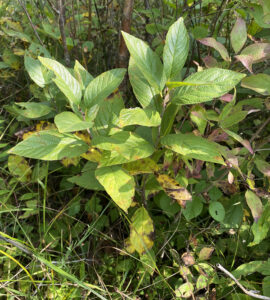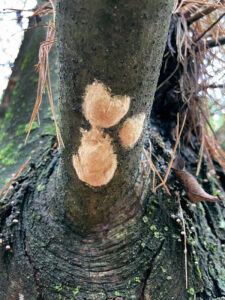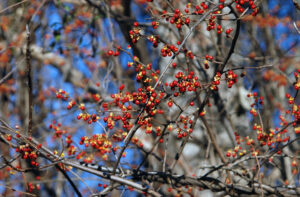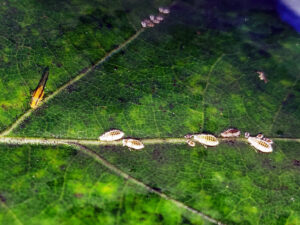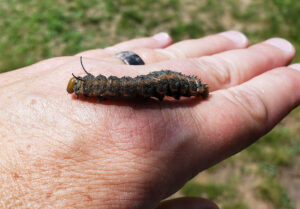
This large caterpillar, a pink-striped oakworm, has great camouflage and blends in with oak twigs very well. / Photo Credit: Linda Williams, Wisconsin DNR
By Linda Williams, DNR Forest Health Specialist, Woodruff;
Linda.Williams@wisconsin.gov or 920-360-0665
Pink-striped oakworm is a native fall defoliator. Fall defoliators affect the health of trees less than defoliators that occur in the spring.
Although literature states that high populations of this caterpillar can create significant defoliation, no defoliation was noted in the area this caterpillar was observed in Oneida County.
Continue reading “Pink-Striped Oakworm Population Remains Low”

